Five ways to fight CWD in Arkansas
ON 12-15-2021
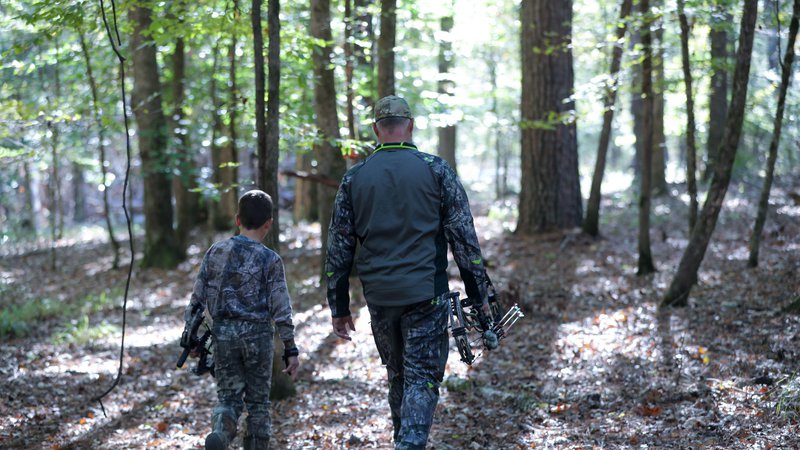
Dec. 15, 2021
Randy Zellers
Assistant Chief of Communications
LITTLE ROCK — The recent news of chronic wasting disease being found far away from any previous detections has caused some hunters to worry about the future of deer hunting in The Natural State. CWD is a cause for concern for the health of Arkansas’s deer herd, but it does not mean the end of deer and deer hunting in Arkansas. Here are five ways hunters can help fight CWD and ensure our hunting traditions continue well into the future.
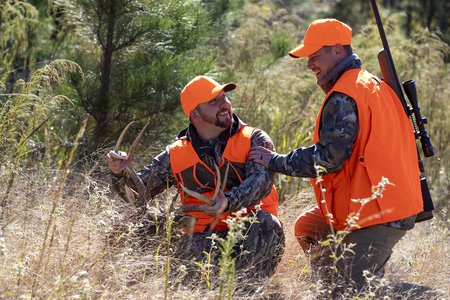
Keep Hunting
According to Dr. Jenn Ballard, state wildlife veterinarian for the Arkansas Game and Fish Commission, the best thing hunters can do to help fight the disease is to keep enjoying deer season, and even harvest an extra deer or two for the freezer if possible.
“Reducing the density of deer in areas where CWD is known to occur can help slow the spread to new areas. Deer naturally disperse less from lower density herds,” Ballard said. “The added samples from around the state also help us monitor the occurrence of the disease across the landscape.”
Get Your Deer Tested
When you do shoot a deer, get it tested for CWD at one of the AGFC’s many free testing locations. A.J. Riggs, wildlife health biologist for the AGFC, works daily to retrieve samples and submit them to the Arkansas Veterinary Diagnostic Laboratory and the Wisconsin Veterinary Diagnostic Laboratory.
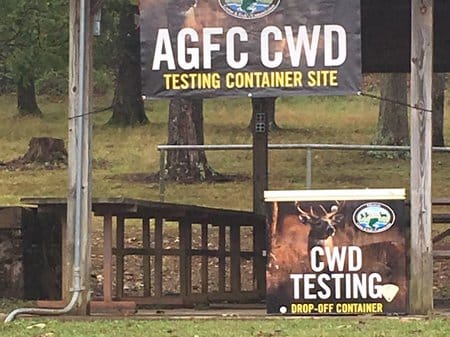
“We have more than 100 drop-off locations for hunters with at least one in every county,” Riggs said. “We also have a network of taxidermists available throughout the state who will pull samples as well. We’re always looking for ways to promote testing your deer for CWD, so even if you don’t harvest a deer, we appreciate spreading the word about these free options.”
Tests normally take 10 to 15 business days to process, and anyone with a CWD-positive test result will be contacted via phone to notify them of the situation.
Visit www.agfc.com/cwd for a list of test locations and instructions on how to get your deer tested for free.
Avoid Artificial Congregation
There’s no preventing deer from coming into contact with the same natural food source or area, but hunters can help slow the spread by not fanning those flames. Activities such as supplemental feeding that artificially congregate deer can increase disease transmission and hinder other management efforts. Mineral licks also can create a biological sink that can transfer diseases for many years as the salt and minerals can leach into the soil and continue to attract deer for many years after the salt block’s removal. It is highly recommended not to bait or offer supplemental feed using feeders and to neutralize mineral sites by removing the salt block and covering the area with dirt from an area that does not have the salt deposits. In situations where baiting is necessary to effectively hunt, it is preferred to only bait in small quantities and short durations to minimize repeated exposures to the same location.
Keep it Local
The best way to fight CWD is to prevent it from spreading to a new area in the first place. Avoiding the introduction of infected deer, either live or dead, prevents disease introduction through human activities. Hunters should limit moving any deer from an area known to have CWD to prevent its spread.
The carcasses of deer taken in areas known to have CWD or areas within the AGFC’s CWD Management Zone should be kept in those areas. Deboned meat, antlers, cleaned skull plates, hides, teeth and finished taxidermy from these deer can all be moved outside of the area, as these are all low-risk for transmission of prions. The animal’s bones, nervous system and organs should be disposed of properly, either at an approved, lined landfill or buried where scavengers cannot spread the carcass. If a landfill or burial is not possible, returning the post-processed carcass as near as possible to the area of harvest is preferred.
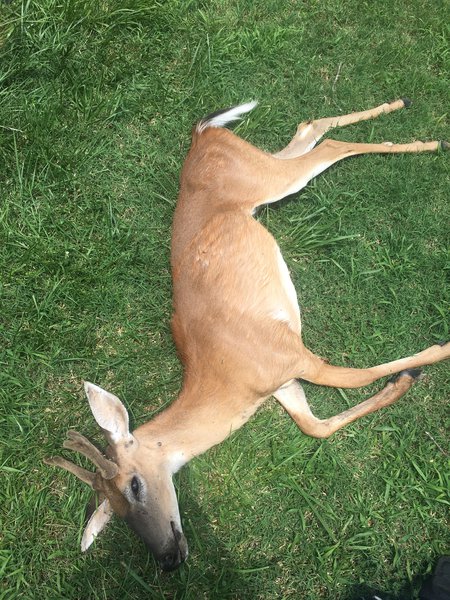
Report Sick or Dead Deer
Anyone who sees a deer displaying the clinical signs of CWD or found dead with no apparent injuries is encouraged to contact the AGFC immediately. Call 800-482-9262 to report any deer that show a lack of awareness, poor posture, insatiable thirst or and extremely emaciated look. Dispatchers are available to take calls 24 hours a day/seven days a week.
“There are other diseases that cause some signs similar to CWD, so we can’t jump to the conclusion that a deer is positive simply from observation,” Ballard said. “We will do our best to dispatch someone to quickly and humanely remove the deer from the population and have it tested.”
Don’t shoot the animal yourself unless instructed to do so. If there is not a staff member available to retrieve a sample, it may deteriorate to a point of not being viable for testing.
“A deer displaying signs of CWD is likely not going to go very far,” Ballard said. “The best thing to do is get exact coordinates of the last sighting and call us.”
Visit www.agfc.com/cwd for more information on CWD in Arkansas, including the latest detection in south Arkansas.
Recent News
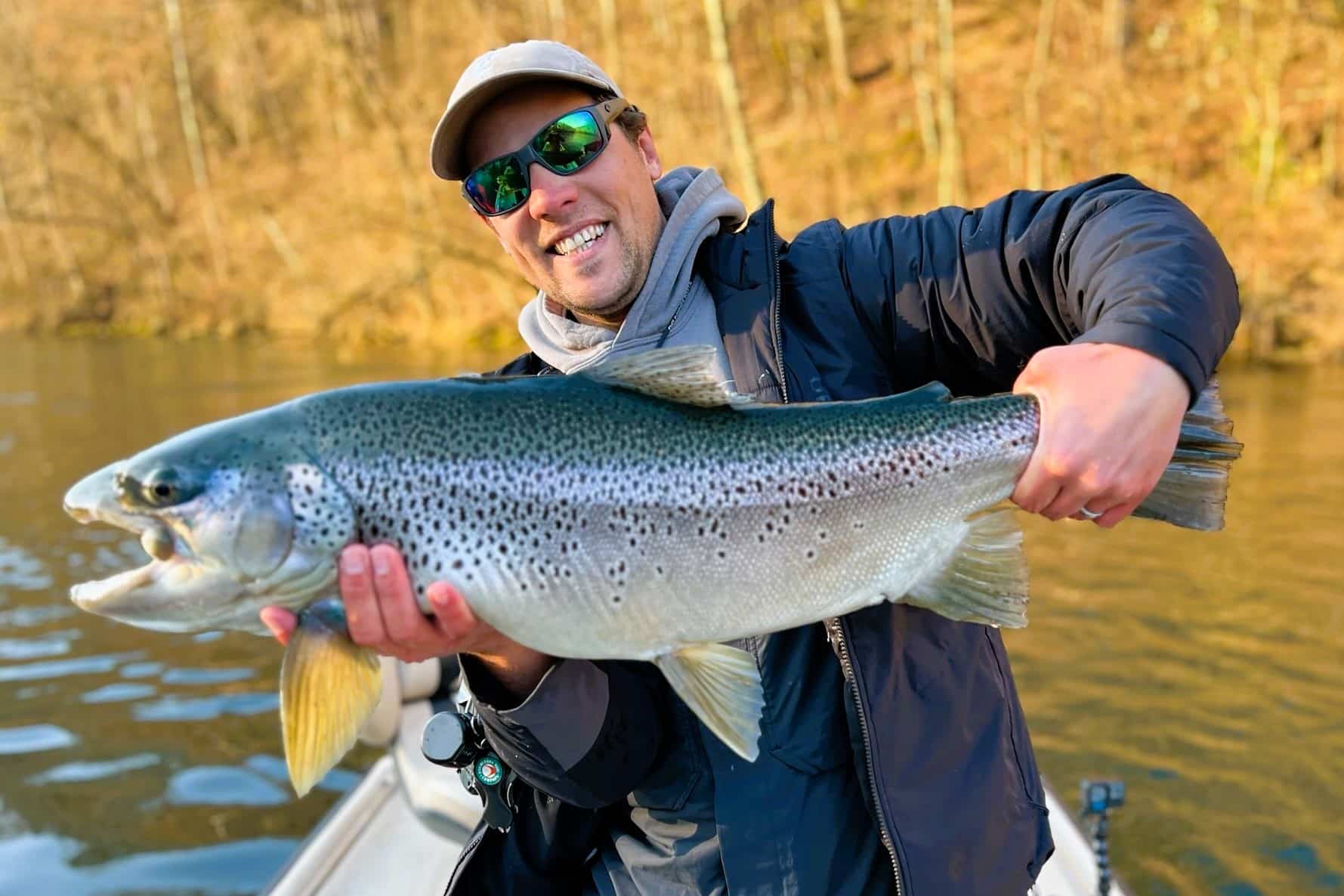
Arkansas Wildlife Weekly Fishing Report
Apr. 25, 2024
Subscribe to Our Weekly Newsletter E-mails
Don’t miss another issue. Sign up now to receive the AGFC Wildlife Weekly Newsletter in your mailbox every Wednesday afternoon (Waterfowl Reports are published weekly during waterfowl season and periodically outside the season). Fishing Reports arrive on Thursdays. Fill in the following fields and hit submit. Thanks, and welcome!

